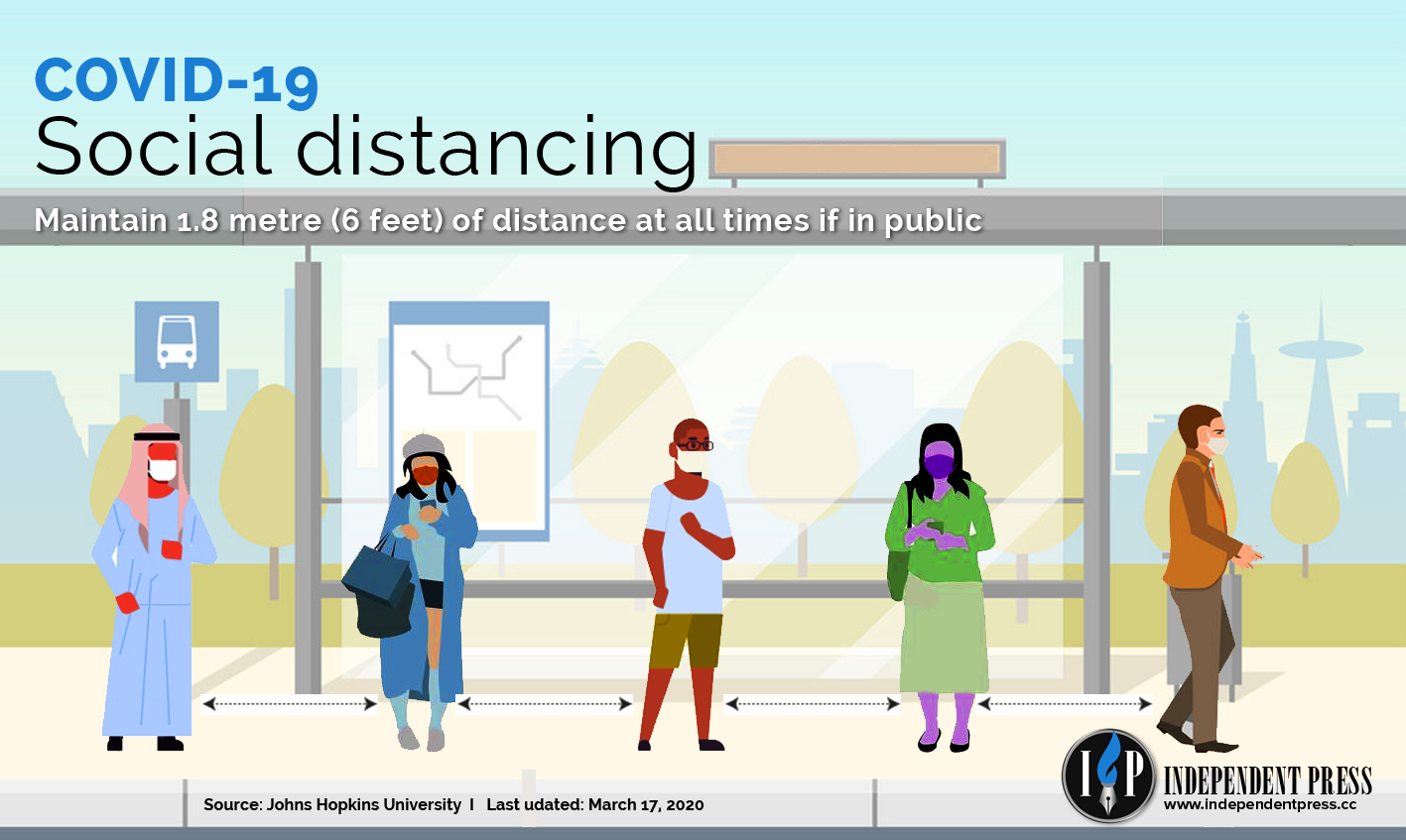Thu 19 March 2020:
Cleaning surfaces has recently become even more important to stop the spread of the deadly coronavirus, which experts say can be spread via surfaces.
But what is the best way to clean a home to keep individuals and families safe, and how long can the virus last on surfaces?
The virus can live on most everyday items for days, making disinfecting surfaces like remotes, light switches, desks, doorknobs, counters, toilet and faucet handles, and tables an important preventive measure.
The World Health Organization issued similar advice.
“If you think a surface may be infected, clean it with simple disinfectant to kill the virus and protect yourself and others. Clean your hands with an alcohol-based hand rub or wash them with soap and water. Avoid touching your eyes, mouth, or nose,” say WHO guidelines.
To clean surfaces, just use a disinfectant wipe or spray them with a disinfectant and then wipe them down thoroughly.
The virus can likely live on objects in your home for a matter of days, depending on the material of the object.
A new study published in the Journal of Hospital Infection found that coronaviruses, the family of virus the novel COVID-19 belongs to, can last at room temperature for two days on steel; four days on wood and glass; and five days on metal, plastic, and ceramics. One strand of coronavirus lived up to nine days on plastic. On some surfaces, coronaviruses last only a matter of hours; on aluminum it lasts between two and eight hours, and on latex less than eight hours.
However, bleach and products with high ethanol percentages are effective at limiting the spread of coronavirus.
Disinfectants with just 0.1 percent sodium hypochlorite, commonly known as bleach, or 62-72 percent ethanol, significantly limit coronaviruses’ effectiveness on a surface within one minute of a cleaner being used, according to a study published in the Journal of Hospital Infection in January.
The most recent coronavirus, COVID-19, is the third outbreak of a coronavirus in the last two decades. SARS and MERS, the other coronaviruses, have helped scientists learn about the family of viruses, and their findings are likely applicable to the latest outbreak, the study’s authors reported.
In 2003, SARS killed 774 people in more than two dozen countries. Since MERS broke out in 2012, 858 people have died. SARS and MERS have much higher mortality rates at 10 and 35 percent, respectively, but they are not as contagious as COVID-19.
Think your friends would be interested? Share this story!






